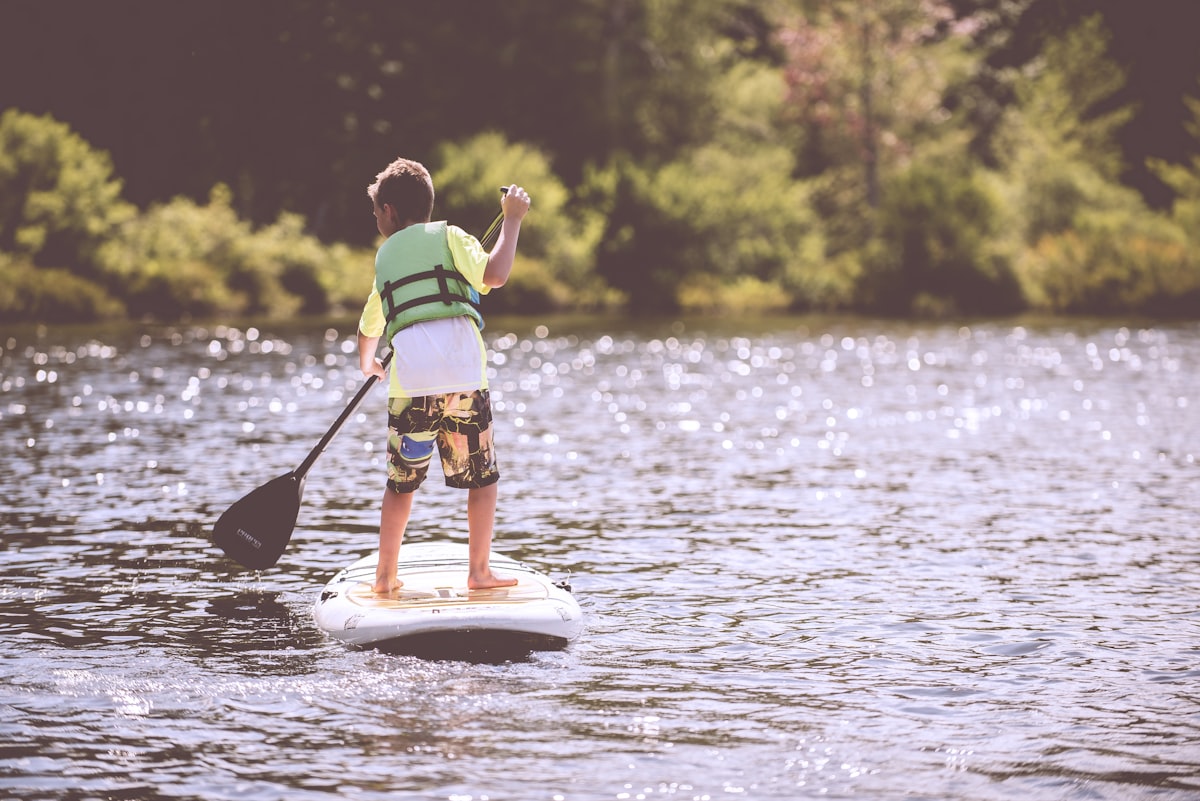
SUP Tours and Guided Adventures
SUP Tours and Guided Adventures
Stand up paddleboarding (SUP) has gained immense popularity in recent years. Offering a unique blend of relaxation and adventure, SUP tours provide an unparalleled way to explore nature. Whether you’re gliding along calm lakes or navigating through winding rivers, SUP adventures are accessible to both beginners and seasoned paddlers.
Preparing for a SUP Tour
Before embarking on a SUP tour, it’s crucial to choose the right equipment. A stable board is essential for beginners. Inflatable SUP boards are lightweight and easy to transport, while hardboards offer enhanced performance. Choose a paddle that suits your height; the top should reach your wrist when you raise your arm. Wearing appropriate clothing is important. Opt for quick-drying attire and consider wearing a life vest, especially if you’re new to the activity.
Basic Techniques
Start by kneeling on the board to find your balance. Once stable, stand up slowly with your feet shoulder-width apart. Your knees should remain slightly bent. Hold the paddle with one hand on the handle and the other halfway down the shaft. To move forward, place the blade in the water and pull it back towards you. Repeat on the opposite side to maintain a straight course. Turning involves paddling on one side while sweeping the paddle outwards in a semi-circle motion.
Popular SUP Tour Destinations
Many stunning locations offer SUP tours. Each place offers its own unique landscape and experience:
- Hawaii: Known for its crystal-clear waters and marine life.
- Florida: Offers diverse waterways, from serene springs to adventurous coastal areas.
- California: Famous for its beautiful coastlines, suitable for both tranquil tours and wave riding.
- Lake Tahoe: Provides clear, cold waters with mountainous backdrops.
- Norway: Fjords and dramatic scenery make for a striking paddleboarding adventure.
Wildlife and Nature Exploration
SUP tours allow for close encounters with wildlife. In coastal areas, sea turtles and dolphins are common sightings. Freshwater tours might feature beavers, otters, and a variety of bird species. Observing these animals from a paddleboard offers a unique and respectful way to experience their natural habitats without disturbing them.
Health Benefits of SUP
Paddleboarding is an excellent workout. It engages your core, arms, legs, and back. Regular paddling improves balance and coordination. The low-impact nature of the activity reduces strain on joints. Aside from physical benefits, SUP also promotes mental well-being. The calming effect of being on water helps to reduce stress and increase mindfulness.
Group vs. Private Tours
Both group and private SUP tours have their advantages. Group tours foster a sense of community and are often more affordable. They provide a social aspect, making them suitable for friends or family outings. Private tours offer a more tailored experience. They provide individual attention, which can be beneficial for beginners, and allow for a customized itinerary.
Environmental Responsibility
SUP enthusiasts should practice environmental responsibility. Use eco-friendly sunscreen to prevent water pollution. Avoid disturbing wildlife and maintain a respectful distance. Dispose of trash properly and support local conservation efforts. Respecting nature ensures that these beautiful locations remain pristine for future paddlers.
Choosing a Guided Adventure
Guided SUP tours are available in various formats. Options range from half-day excursions to multi-day adventures. Guides are knowledgeable about local waterways and can provide valuable insights into the area’s history and ecology. Some tours include additional activities like snorkeling, hiking, or yoga.
Safety Precautions
Safety should always be a priority. Check the weather forecast before heading out. High winds and strong currents can make paddling challenging. Inform someone about your plans, especially if touring alone. Carry a whistle or a communication device. Wearing a leash that connects you to the board ensures it stays within reach if you fall off.
Advanced Paddling Techniques
Experienced paddlers might want to advance their skills. Techniques such as pivot turns and cross-bow strokes can enhance maneuverability. Racing techniques, including drafting and sprint paddling, increase speed and endurance. Participation in SUP competitions can provide a platform to showcase these skills.
SUP Fishing
SUP fishing combines the tranquility of paddleboarding with the excitement of angling. A stable, wide board is preferable for this activity. Use an anchor to stay in position while fishing. Bring along necessary fishing gear and tackle. Paddle quietly in shallow waters to avoid scaring fish away. The vantage point of standing on a board offers better visibility into the water, making it easier to spot fish.
Photography Tips
SUP tours offer fantastic photo opportunities. Use a waterproof camera or a secure case for your phone. Take advantage of the golden hours—sunrise and sunset—for the best lighting. Position yourself facing the sun to avoid shadows. Experiment with angles and perspectives to capture the essence of your surroundings. Securing your equipment with a float strap can prevent losing it in the water.
SUP Yoga
Combining yoga with paddleboarding enhances the practice by adding a balance challenge. SUP yoga typically involves anchoring the board in a calm area. Beginner poses like Downward Dog, Warrior, and Child’s Pose are great starting points. The gentle motion of the water requires maintaining a strong core, deepening the effectiveness of each pose. SUP yoga sessions often start with a short paddling warm-up and finish with a relaxation period to connect with nature.
Seasonal Considerations
Weather conditions greatly affect SUP experiences. In warmer months, lighter clothing and sun protection are essential. Cold weather paddling requires wetsuits or drysuits to maintain body temperature. Each season offers different views and wildlife interactions. Spring might feature blooming flora, while autumn showcases vibrant foliage. Understanding seasonal patterns enhances the planning of a SUP adventure.
Solo vs. Group Paddling
Paddling alone offers a solitary, meditative experience. It allows for uninterrupted reflection and a personalized pace. However, group paddling provides safety in numbers and the opportunity to share the experience with others. Groups can also split responsibilities, like sharing the load of carrying equipment. Both approaches have their unique advantages depending on personal preference and experience level.
The Future of SUP
As the popularity of SUP grows, so does the innovation in its gear and techniques. Materials for boards are becoming lighter yet more durable. Advanced paddles are designed to reduce fatigue and improve efficiency. Electric SUP boards are emerging, offering powered assistance to cover longer distances. Environmental awareness is also shaping the future of SUP, with a focus on sustainable practices and eco-tours.
Tips for Beginners
Starting with calm waters helps in learning balance and basic paddling. Listen to your instructor and follow their guidance. Try to stay relaxed and avoid tensing up. Practice makes perfect; the more time you spend on the water, the more comfortable you’ll become. Don’t hesitate to take breaks and enjoy the surroundings.
Family-Friendly SUP Tours
Many SUP tours are perfect for families. Tandem boards accommodate parents and children. Some tours offer junior-sized boards for young paddlers. Engaging activities like treasure hunts or wildlife spotting keep kids entertained. Always ensure safety equipment is appropriately sized and fitted for children.
Recommended SUP Gear
GYMMALL Inflatable Paddle Board
Complete SUP package for all skill levels.
FunWater Inflatable SUP
Ultra-light board with all accessories included.
As an Amazon Associate, we earn from qualifying purchases.
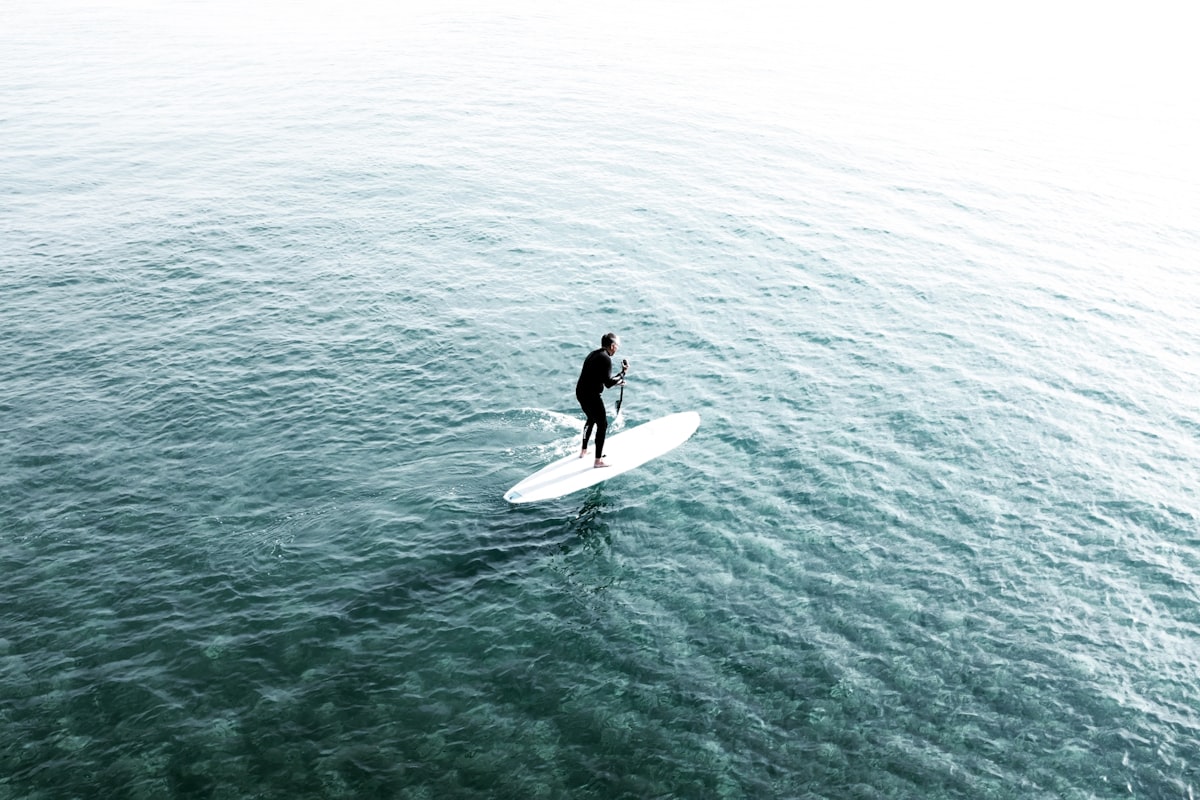
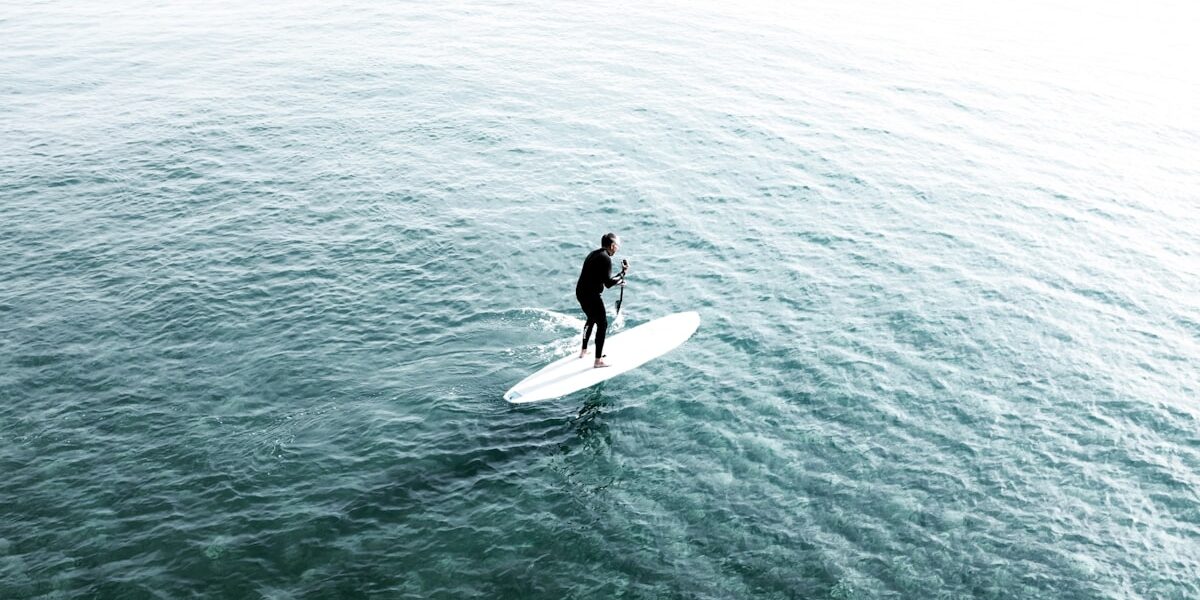
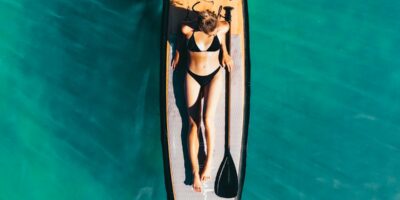
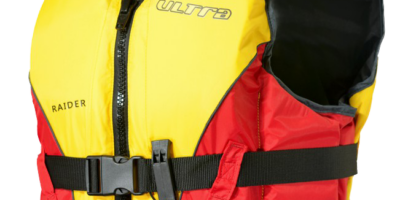

Subscribe for Updates
Get the latest articles delivered to your inbox.
We respect your privacy. Unsubscribe anytime.